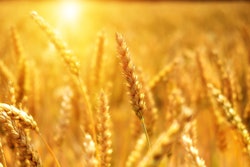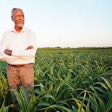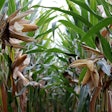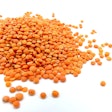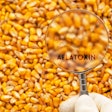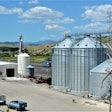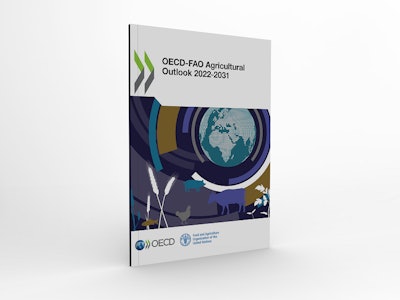
OECDtogether with theFood and Agriculture Organization(FAO) of the United Nations released theirAgricultural Outlook 2022-2031, which provides a consensus-based assessment for agricultural commodity and fish markets at national, regional and global levels.
The report is prepared with inputs from member countries and international commodity organizations. It highlights fundamental economic and social trends driving the global agrifood sector assuming no major changes to weather conditions or policies.
Slow feed demand growth in high-income countries
The Outlook highlights the strong contribution of low- and middle-income countries to feed demand growth over the next decade, given the rapid expansion and intensification in their livestock production.
In high-income countries and some upper-middle income countries, lower growth in livestock production and improved feeding efficiency should result in slower growth in feed demand compared to last decade.
The rebuilding of pig herds following the African swine fewer (ASF) outbreak in China, which is characterized by the installation of modern, feed-intensive production facilities, is assumed to lead to further intensification in feed use.
Ukraine war impact on global grains
Current international prices are high for most agricultural commodities due to the recovery in demand following the outbreak of the COVID-19 pandemic and the resulting supply and trade disruptions, which have been exacerbated by theRussian war against Ukraine.
The war is already having considerable impact on agricultural and input markets, especially for grains and oilseeds, for which Russia and Ukraine are key exporters.
The Outlook projections account for reduced production prospects in Ukraine, and reduced export availabilities from both Ukraine and Russia, in the marketing year 2022/23.
Biofuel feedstock demand will grow slowly
Demand for first generation biofuel feedstocks is expected to grow slowly over the next 10 years, mainly due to declining fuel use and weaker policy incentives in key markets, such as the European Union.
Most additional demand for biofuel feedstocks is expected to originate in India and Indonesia, driven by increasing fuel use, and efforts to support the domestic farm sector through higher biofuel blending rates and subsidies supporting domestic production.
The biofuel share of global sugarcane use is projected to increase to 23% by 2031, while the biofuel share of maize is expected to decline.
Other highlights from the report:
- Global food consumptionis projected to increase by 1.4% p.a. over the next decade, and to be mainly driven by population growth.
- Diet evolutioncontinues to be largely determined by income levels in the coming decade with heightened concerns about health and the environment resulting in a decline in per capita consumption of sugar and a sluggish growth in the consumption of animal protein in high-income countries.
- Global agricultural productionis projected to increase by 1.1% p.a., with the additional output to be predominantly produced in middle- and low-income countries.
- Oilseeds and oilseed productproduction growth is slowing, while soybeans continue to shift to Latin America.
- Cerealsyield growth is driving production, but markets face uncertainties and price volatility






